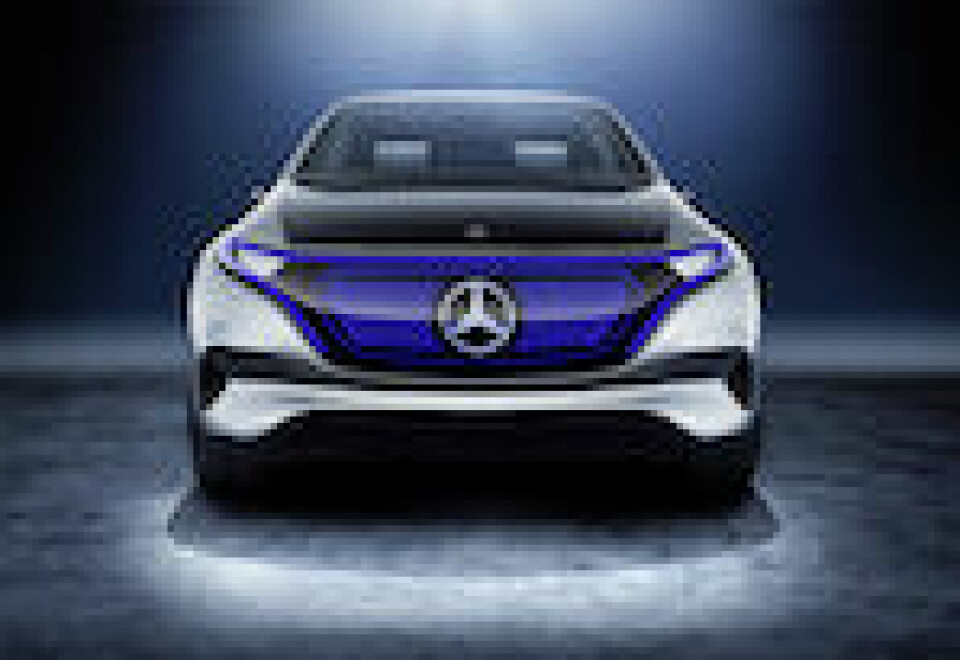EVs abound, but where’s the power?

This year’s Frankfurt Motor Show was a little different from previous occasions, with some notable absentees – namely Nissan, Peugeot, Volvo and FCA. Something else I was struck (rather than surprised) by was the increasing focus on electric vehicles (EVs). The diesel scandal has led to a major shift in public opinion, the political mood and car companies’ strategies. The disruptive arrival of Tesla and others has also helped.
Mercedes, for example, will soon have an entirely new electric brand, EQ, with models in all major car and crossover segments and sizes. Meanwhile,VW’s ID Crozz concept, with a range of more than 300 miles, was on show and will be in production by 2020. The Mini electric concept was there too, with a production launch set for 2019. JLR announced a one-make racing series for its own EV, the I-PACE, to add some zip and excitement to the model’s launch.
Within a few years, almost every major car company will have two, probably more, full battery EVs on sale, along with a variety of electrified versions of existing vehicles. JLR and Volvo have said that their “all-new” vehicles from around 2020 will be at least partly electrified, although conventional powertrains will continue as long their current models remain on sale. Few, if any, new diesel engines will be launched, with one supplier even suggesting that no internal combustion engine powertrains will be launched after 2023; if this happens, it will be the culmination of a remarkable transformation in the industry.
As the move to electrified vehicles accelerates, a key question remains: how and where will all the EVs be charged? JLR’s CEO, Ralf Speth, has challenged the UK government to tackle this, his message being that the industry can and will build the cars, but government must provide the infrastructure.
Moreover, the oil companies will need to do something with their fuel stations as EVs and hybrids increase in number; one day soon, we will see the installation of charging points at existing fuel stations. Given that people can currently fill their tanks in a matter of a few minutes, charging systems will have to be very fast to avoid the build-up of queues in city centres or motorway service stations. The technology gauntlet has been thrown down, but will the industry and governments respond in time?
Finally, a personal observation from Frankfurt: few cars got me very excited this year, but two stood out – not for their great looks or performance, but because they may well be models which will change their brands’ profiles, propelling them to become major players in the European crossover market. I would give the VW T-Roc and the Jaguar E-PACE five stars each and expect to see them dominate their segments pretty soon.


